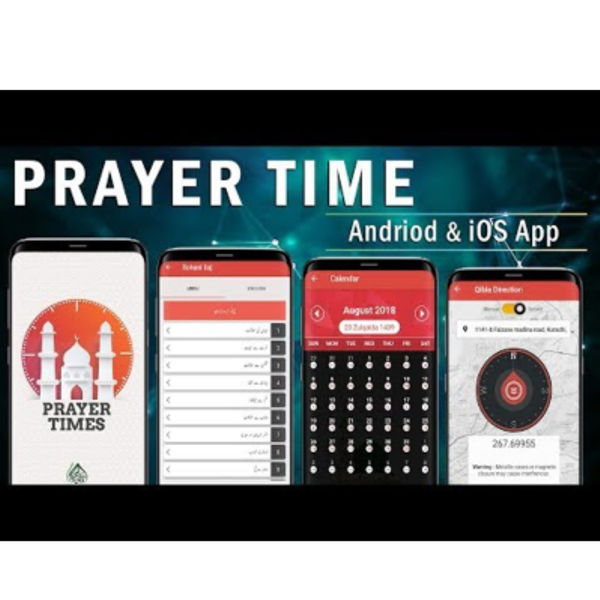
Ramzan Calendar: A Guide to Fasting and Prayer Timings
Ramzan, the holiest month in Islam, is observed with fasting, prayers, and devotion. The Ramzan Calendar plays a crucial role in guiding Muslims through their daily schedule of Suhoor (pre-dawn meal), Iftar (breaking the fast), and prayer times. This calendar helps maintain the spiritual and disciplined routine that the holy month demands.
Importance of the Ramzan Calendar
The Ramzan Calendar provides a structured timetable that ensures observant Muslims do not miss essential aspects of fasting and worship. The significance of adhering to the prescribed times is rooted in Islamic teachings, as fasting is one of the Five Pillars of Islam. Keeping track of accurate timings helps maintain the sanctity of the fast and enhances the spiritual experience.
Components of the Ramzan Calendar
- Suhoor and Iftar Timings
- Suhoor is the pre-dawn meal consumed before Fajr (the first prayer of the day).
- Iftar marks the breaking of the fast at sunset, traditionally with dates and water, followed by Maghrib prayer.
- Five Daily Prayers
- The Ramzan Calendar includes the timings for Fajr, Dhuhr, Asr, Maghrib, and Isha prayers.
- Taraweeh prayers, performed after Isha, hold a special place in Ramzan as they allow for the recitation of the Quran in the congregation.
- Laylat al-Qadr (Night of Power)
- The calendar highlights the last ten nights of Ramzan, particularly the odd-numbered nights, as these are believed to be when Laylat al-Qadr occurs. This night is regarded as more spiritually rewarding than a thousand months.
- Zakat and Charity
- Many Muslims use the Ramzan Calendar to determine the best days for giving Zakat (mandatory almsgiving) and Sadaqah (voluntary charity), which are highly encouraged during this holy month.
How to Use a Ramzan Calendar Effectively
- Plan Your Day
- Follow the timings for Suhoor and Iftar to maintain a disciplined fasting routine.
- Allocate time for Quran recitation and additional prayers.
- Stay Connected with the Community
- Many mosques and Islamic centers provide local Ramzan Calendars with precise timings for your region.
- Online resources and mobile apps also offer prayer and fasting schedules tailored to different locations.
- Prepare for Eid al-Fitr
- The last day of fasting marks the preparation for Eid al-Fitr, the festival that celebrates the end of Ramzan.
- The calendar helps Muslims keep track of the 29 or 30 days of fasting, as the lunar sighting determines the exact date of Eid.
Conclusion
The Ramzan Calendar is an essential tool for every Muslim observing the holy month. By following it diligently, one can ensure proper adherence to fasting, prayer, and spiritual enrichment. Whether print, digital, or mobile apps, this calendar serves as a reminder of discipline, devotion, and the significance of Ramzan. Utilizing it effectively allows for a more fulfilling and spiritually rewarding experience throughout the blessed month.